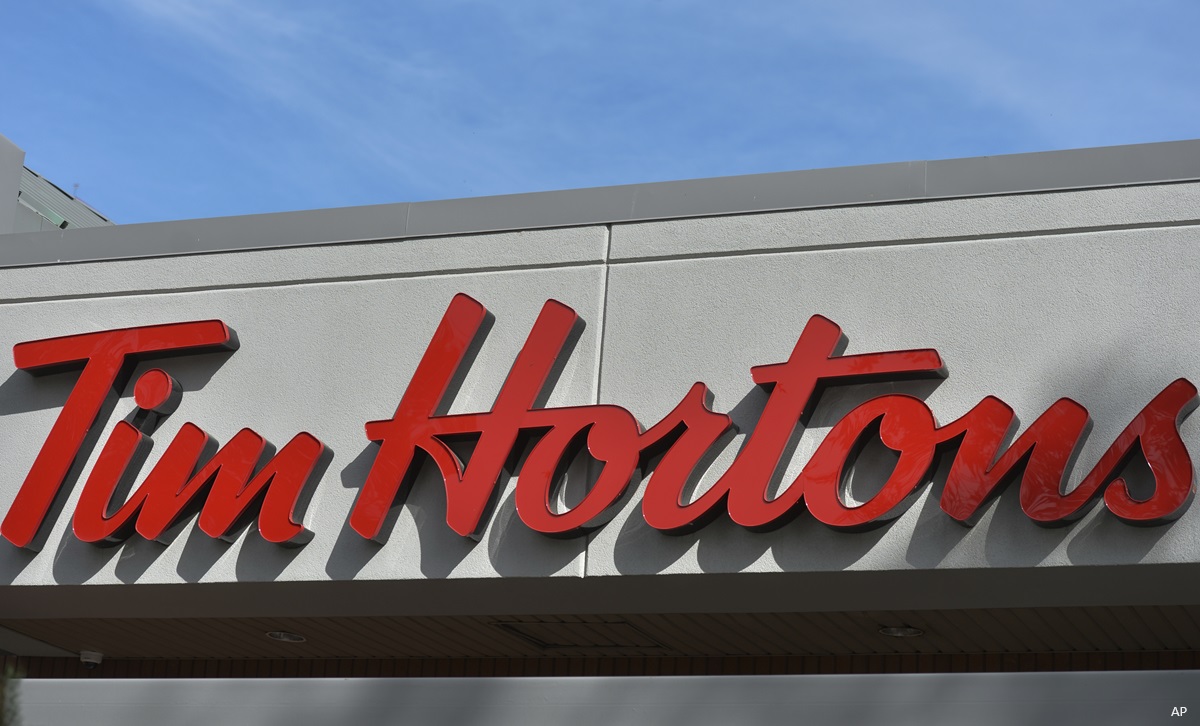
Macroeconomic challenges that dented consumer confidence and purchasing power in 2023 are expected to persist well into 2024. In few other industries is the impact of this trend more visible than in the restaurant sector.
“Despite pent-up demand, consumers made efforts to reduce their overall spending in 2023 by eating out less often,” says a recent Morningstar report titled ‘Global 2024 Restaurant Outlook: Empty Chairs at Empty Tables’.Worldwide restaurant traffic on average fell in the low-single digits per month year over year in 2023, except in January and February, the report says.
While volumes were depressed, the following restaurants managed to click an overall revenue increase, primarily driven by a consistent rise in menu prices. These names are coping well with the lower consumer footfall by passing some of the inflation-induced higher costs on to their customers.
The largest restaurant operator in the world, McDonald’s MCD boasts a global presence with US$116 billion in sales. The "Golden Arches" earns roughly 60% of its revenue from franchise royalty fees and lease payments, with most of the remainder coming from company-operated stores across its three core segments: the United States, internationally operated markets, and international developmental/licensed markets.
MCD’s strategy is focused on bolstering its competitive strengths through relevant marketing, core menu development, and the four Ds: digital, drive-thru, delivery, and development. “The firm's approach strikes us as cogent, and appears to be meeting the evolving needs of today's restaurant consumer,” says a Morningstar equity report.
McDonald’s derives 65% of global sales from its core menu with 17 of its brands, including newer launches (McCrispy chicken sandwich) and longtime anchors (Big Mac sandwich), each raking in US$1 billion.
The company’s wide economic moat, or sustainable competitive advantage, is underpinned by pricing power, a robust global network of franchisees, and international brand recognition.
“The firm’s ability to pass through food and labour cost inflation to customers, its competitive restaurant-level margins, and number-one quick-service restaurant market share by sales volume in every major market in which it operates (except China)” are the pillars on which rests its wide moat rating, says Morningstar equity analyst Sean Dunlop, who recently upped the stock’s fair value to US$310 from US$290, prompted by higher guest frequency and per-user spending.
A globally recognized restaurant brand, Starbucks SBUX operates 38,000 stores across more than 80 countries. The firm operates three main segments: North America, international markets, and channel development (grocery and ready-to-drink beverage).
The coffee chain generates a whopping US$36 billion in sales through multiple sources including company-operated stores, royalties, sales of equipment and products to license partners, ready-to-drink beverages, packaged coffee sales, and single-serve products.
As rivals turn up the competitive pressure, “Starbucks' cachet has allowed the firm to outflank competitors, leveraging its brand to raise price and mix 8% annually in the U.S. over the last five years, healthily in excess of category inflation,” says a Morningstar equity report, adding that Starbucks is well-positioned for mid-single-digit unit growth through 2033, as it “increases penetration in its core U.S. and China [markets].”
Further, Starbucks’s loyalty program boasts roughly 33 million active users in the U.S., as more consumers take to digital ordering. “More than 57% of U.S. order volumes are now driven by [loyalty] program participants,” says Dunlop, who recently lifted the stock’s fair value to US$105 from US$103, prompted by better that expected sales and profit figures in fourth-quarter results and full-year 2024 guidance.
He also forecasts average annual top and bottom line growth of 9% and 16% through 2033, respectively, and contends wide-moat “Starbucks remains a compelling long-term ‘growth at scale’ story.”
U.S.-based Yum Brands YUM boasts a portfolio of popular brands including KFC, Pizza Hut, Taco Bell, and The Habit Burger Grill. The second-largest restaurant company, after McDonald’s, racked up an astounding US$59 billion in sales in 2022. Yum is 98% franchised, with the largest franchisee, Yum China, spun out in 2016.
Yum Brands, following other industry peers, is making a greater push into e-commerce platforms, delivery integration, and technological solutions to cater to shifting consumer preferences. “Recent acquisitions demonstrate the emphasis the firm has placed on digital enhancements, with 45% of systemwide sales now coming through digital channels, which we expect to remain integral to Yum's strategic playbook,” says a Morningstar equity report.
Yum Brands’ portfolio of relevant, distinctive, segment-leading brands and a scale-driven cost advantage underpin its wide moat. “Despite increased category competition, shifting consumer health preferences, and the democratization of restaurant technology, Yum’s brands have been able to consistently generate positive comparable sales growth over the last five years, [except during the pandemic],” says Dunlop.
Yum’s portfolio of brands has shown remarkable global appeal, with around 60% of total systemwide sales originating from international markets, equivalent to approximately US$41 billion in 2022, notes Dunlop, who puts the stock’s fair value at US$139.
In its most recent quarter, Yum posted US$1.71 billion in sales and US$1.44 in adjusted EPS, handily topping estimates.





:quality(80)/cloudfront-us-east-1.images.arcpublishing.com/morningstar/7CKNMJIMLFH47G6C3RZIKVEDTQ.jpg)
:quality(80)/cloudfront-us-east-1.images.arcpublishing.com/morningstar/AET2BGC3RFCFRD4YOXDBBVVYS4.jpg)














